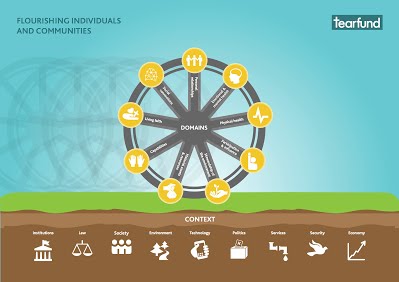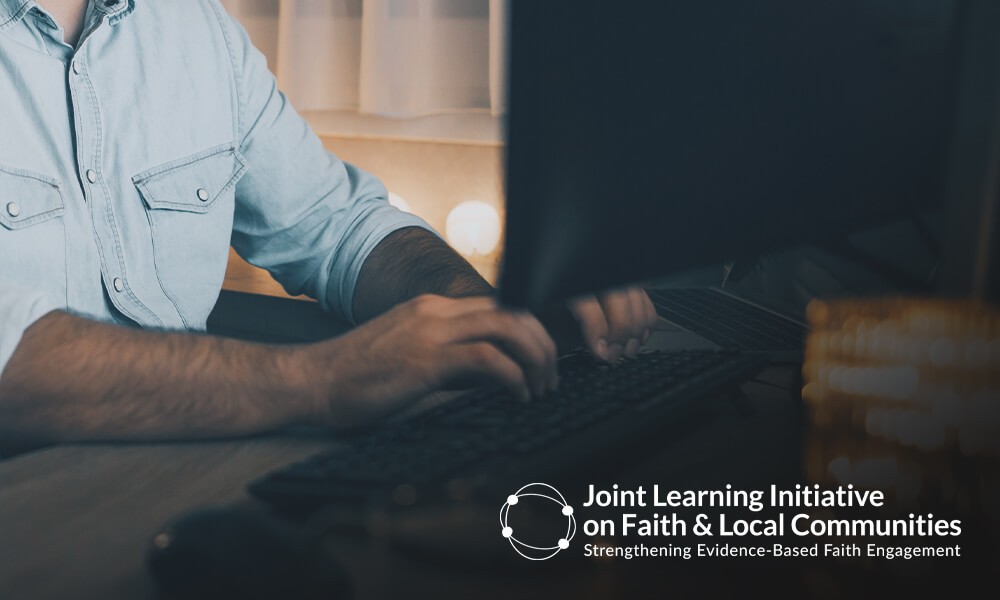At Tearfund, our goal is to bring about ‘whole life transformation’ among the individuals and communities that we serve. Through our work, we aim for change in every aspect of a person or community’s wellbeing – both spiritual and physical. But what does this mean? What does this look practically?
The LIGHT Wheel has been developed by Tearfund’s Impact and Effectiveness Team, influenced by the University of Bath’s work on wellbeing and other external evidence, to answer exactly these questions. It provides a framework – or underlying set of principles – which form our definition of ‘whole life transformation’.

The LIGHT Wheel sets out nine domains which have an influence over an individual or community’s ability to live well, flourish and be resilient. These nine areas form the nine ‘spokes’ of the wheel. Each spoke represents one aspect of what it means to ‘flourish’. Taken together, the spokes cover physical, social, economic and spiritual well-being, providing a holistic view of an individual or community.
The LIGHT Wheel is unique in its consideration of the role of faith in a community or individual’s wellbeing. The ‘Living faith’ spoke considers the importance of faith (of any type) within the community as a whole but focuses primarily on the extent to which those who profess to be Christians are living out their Christian faith both as individuals but also as a broader church. It asks whether Christians are putting their faith into practice in their daily lives in a way which impacts the wider community, and how others in the community perceive Christians.
As well as providing a framework to think about whole life transformation, the Light Wheel contains a number of data collection tools which help us to measure and assess holistic change. The Wheel takes an assessment beyond direct outputs and outcomes of a particular initiative, programme, project or process to look at the intended and unintended impact.
The tools include: a household survey with approximately 15 questions per spoke, a guide to direct observation for enumerators, guidance on how to consider secondary data, and at the centre of the tools is a participatory guide for focus group discussions (where communities score themselves for each spoke based on discussion questions).
The LIGHT Wheel is currently under development, and more information about the Wheel and its resources will be available shortly.

